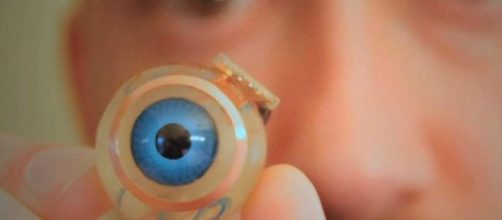A team of experts at the Tel Aviv University created an artificial retina that could restore vision. Doctors claim that this wireless and light-sensitive retina could substitute a damaged retina. Healthcare professionals at the Hebrew University of Jerusalem and the Newcastle University will test it with a chick retina that fails to respond to light. They claim that the artificial retina absorbs light, and sparks neuronal activities.
Artificial retina is good for blind people
According to Yael Hanein from the Tel Aviv University, the artificial retina is more durable, efficient, and better, as it stimulates neurons.
Patients with diseases like age-related macular degeneration (AMD) could potentially benefit from this device. He says that AMD is common in seniors. The disease damages specific parts of their eyes, thereby limiting their vision. Yael says that this device will help to get rid of age-related macular degeneration. In recent years, scientists developed implants that can see light and send visual signals to the brain, countering the effects of AMD and other disorders. But Hanein says that those devices are made from metals and cumbersome wiring, and have low resolution. In contrast, his technology uses semiconductor nanorods and carbon nanotubes which are safe for human eyes.
Retinal degeneration
Yael reveals that the loss of eyesight is a major problem, and is caused by retinal degeneration. With the passage of time, it has become a life-altering health issue for people of the US, and Canada. Yael will test this device on tissues of laboratory animals before he publishes his findings. He points out that retinal degeneration is a dangerous complication.
A lot of medical devices are available to treat the condition, including visual impairment. But his artificial retina sends sensory signals to the brain in an effective manner.
He aims to make it available at all hospitals worldwide. Hanein says that his device could partially restore vision and preserve your eyesight. It combines a biocompatible substance with a conductive polymer and an organic semiconductor.
It sends electric signals to the nerve cells. Other devices require bright light with a high wavelength to work. In contrast, Yael’s technology works without light, and is more flexible. However, he will conduct experiments to see if this device is eco-friendly or not.

